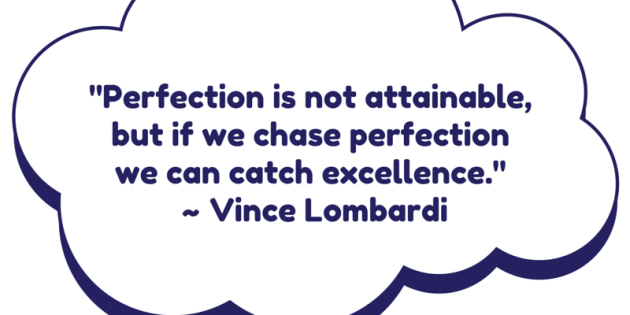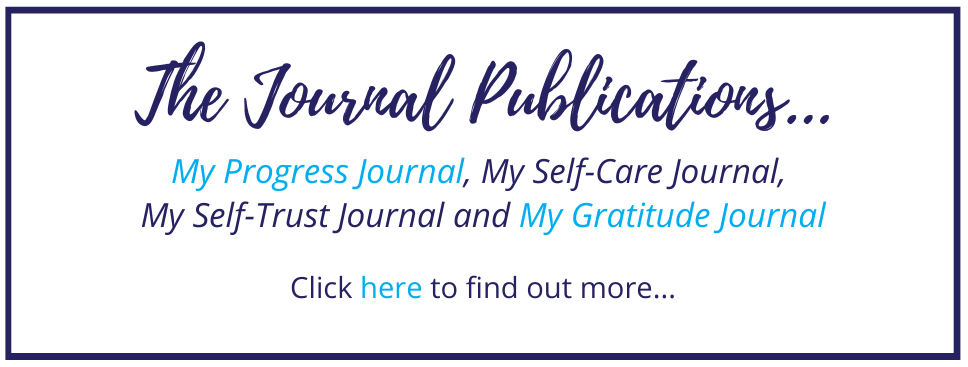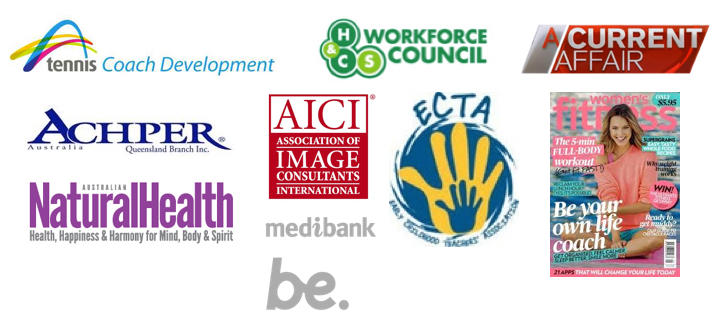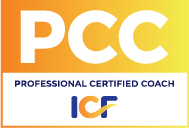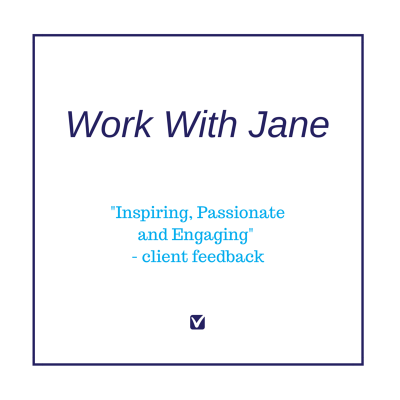Learning to embrace imperfection. How do I know anything about perfectionism? Because I have been a perfectionist for the majority of my life.
Although it has taken a while for the penny to drop, I am intimately aware of the many details of perfectionism – the costs, the thoughts, behaviours and corresponding emotions, as well some of the reasons behind perfectionism. And trust me it is not a badge of honour… it is painful…
So there you have it – a coach and teacher who doesn’t have all her ducks lined up in a row. Imperfectly perfect and normal, similar to you – no better, no worse.
And I am starting to be OK with that and will continue to embrace imperfection and unravel the pieces of perfection that may be hiding.
Excellence versus Perfection
How am I learning to embrace imperfection?
One way is I am learning to embody the difference between Excellence versus Perfection.
In his book, Moving Past Perfect, Thomas Greenspon referred to the following quote that has been adapted by various people –
- “Excellence is risk. Perfection is fear.
- Excellence is effort. Perfection is anger and frustration.
- Excellence is openness to being wrong. Perfection is having to be right.
- Excellence is spontaneity. Perfection is control.
- Excellence is flow. Perfectionism is pressure.
- Excellence is confidence. Perfectionism is doubt.
- Excellence is a journey. Perfectionism is destination.
- Excellence is acceptance. Perfectionism is judgement.
- Excellence is encouraging. Perfectionism is criticising.”
(p. 357 – kindle book).
Another one, I might add from experience and I have seen before is –
- Excellence is surrender. Perfectionism is consuming.
In the book The Pursuit of Perfect by Tal Ben-Shahar, Tal included a diagram showing the differences between The Perfectionist and the Optimalist (see below).
Tal indicated that perfectionists don’t have to exhibit all of these qualities or have these qualities the same in every situation. However, according to Ben-Shahar the more people “…exhibit these qualities the higher their susceptibility to a range of disorders, problems, and challenges associated to perfectionism.” (p.19).
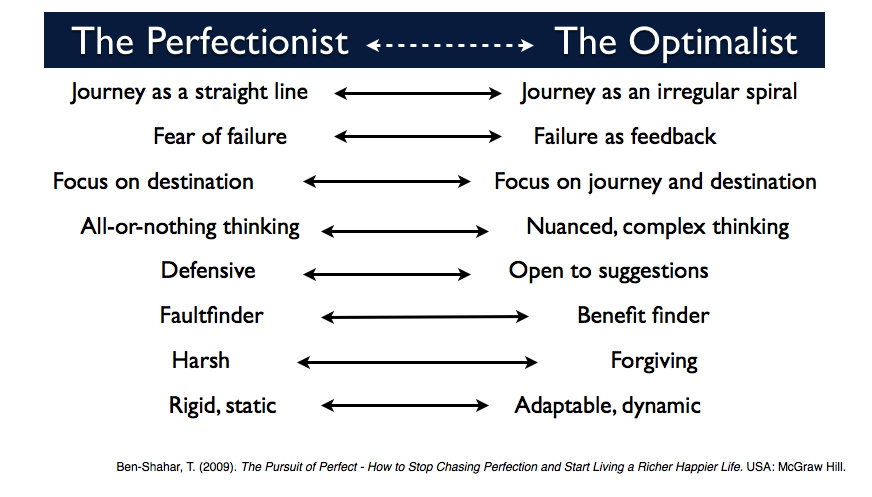
By seeing these two diagrams and comparisons between excellence and perfection, it is easy to see why nothing is perfect, however embodying excellence and realising that nothing needs to be perfect has proved a little bit more challenging 🙂 .
How am I Learning to Embrace Imperfection in My Daily Life?
Following are a couple of ways I have been practising imperfection –
1. Being Aware of the Time I Spend on Tasks.
To ensure I use my time effectively, I am being mindful of the time I spend on tasks. Each day, I set myself tasks to complete, which are in line with my vision, dreams and goals. I track each of these tasks and reflect on how I am going to ensure I have reasonable expectations on myself.
2. Focusing on Learning from Situations.
Yes, I have made mistakes and failed, however the difference is I am learning to have self-compassion towards myself and learning from the mistakes. Once I reflect on these mistakes, I then make small daily improvements in my work and life. For example: this past month I have been challenged by a system I had in place for my finances. I felt quite contracted around one part of the system. Subsequently, today when I was reflecting, I chunked down the system and made two extra steps in the system. By doing that I no longer feel stuck and instead feel expanded when I think about my finances again.
3. Learning to Tune in to My Body and Mastering Emotional Literacy.
This has been a big part of my journey – identifying and allowing myself to feel (instead of suppressing or trying to escape them) and experiencing emotions ecologically (i.e. good for me, good for others and good for the environment).
4. Monitoring My Self-Talk.
Over the years, I have become aware of the 10 forms of cognitive distortions that David Burns wrote about in his book Feeling Good: The New Mood Therapy. When I notice these distortions, I stop and question the thought to see if they are really true.
5. Focusing on Progress Rather than Perfection and Setting Realistic Expectations.
Sometimes this is easier said than done, however I remember “Perfection is achieved, not when there is nothing more to add, but when there is nothing left to take away.” ~ Antoine de Saint-Exupéry.
6. Remembering to Look at the Big Picture.
Yes taking time to look at the big picture and asking myself questions like –
Will this really matter in an hour, day, week, month or year from now?
What is the worst thing that could happen? If this does happen, will I survive it?
In all of the above, I commit to an ongoing practise of mindful self-compassion and patience.
Over to You…
I hope that has given you some insights in to how I am learning to embrace imperfection. Are you learning to embrace imperfection? If so, how do are you dealing with it? Feel free to share your comments below.
If you are ready to reclaim your courage and take the next step towards freedom and opening your heart, why not join our Toolkit?
References –
Ben-Shahar, T. (2009). The Pursuit of Perfect: How to Stop Chasing Perfection and Start Living a Richer, Happier Life. USA: McGraw Hill.
Burns, D. (1980). Feeling Good: The New Mood Therapy. New York: New American Library.
Greenspon, T. (2012). Moving Past Perfect: How Perfectionism May Be Holding Back Your Kids (and You!) and What You Can Do About It. USA: Free Spirit Publishing.
Please note – if you are need help around perfectionism or your mental health, please find a qualified professional. I have included some mental health website here.
